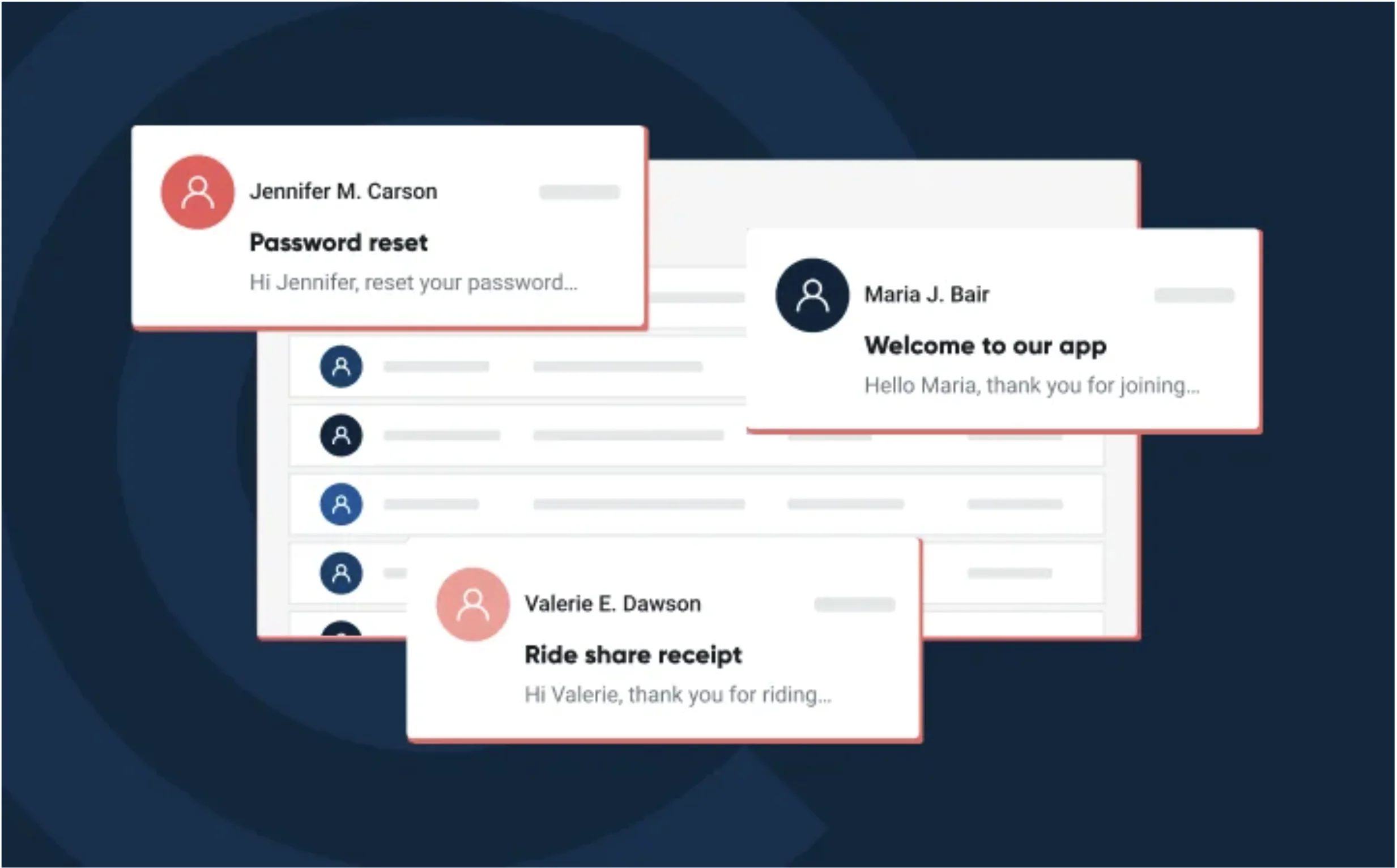Deliverability
Preparing your email program for Black Friday: Deliverability Academy episode 3 recap

Deliverability

It may still feel like summer, but in email marketing, it’s never too early to start planning for Black Friday, Cyber Monday (BFCM), and the busy holiday season ahead.
In the latest Deliverability Academy, our team of experts—Natalie Hays (Senior Product Marketing Manager), Allison Gootee (Deliverability Advocacy Specialist), and host Thomas Knierien—shared their best practices for staying ahead. From authentication requirements to building subscriber trust, here’s what you need to know.
Scroll to the bottom to watch the full video.
Mailbox providers are aligning expectations, and missing the mark will almost certainly push your emails into spam. At a minimum, you need authentication in place across SPF, DKIM, and DMARC with proper alignment. We’ve got a lot of information on what these requirements are but here are the essentials:
“If people are complaining about you, something is wrong… you want to make sure that your spam complaint rates are low. Ideally, you want to keep that under a 0.1%” – Natalie Hays, Sr. Product Marketing Manager Sinch Mailgun
“If people are complaining about you, something is wrong… you want to make sure that your spam complaint rates are low. Ideally, you want to keep that under a 0.1%” –
These steps aren’t just about compliance they’re the foundation of inbox placement.
Strong deliverability doesn’t happen overnight. It requires steady work throughout the year, not just in the lead-up to November. Good list hygiene is a must as are engagement and sunset policies. If subscribers haven’t engaged in months, it’s better to re-engage them now or let them go. Carrying unresponsive contacts only damages your sending reputation.
Your content is also super important. The most successful senders align emails with subscriber preferences, past behaviors, and expectations set at sign-up. When your emails consistently meet those expectations, engagement rises naturally. Segmentation plays a big role here as well as what you’re saying.
And finally, planning ahead can’t be overstated. Dedicated IPs and new domains need steady, consistent sending to build reputation. Trying to warm them up a week before Black Friday will almost always backfire.
“Every few years we get hit up 48 hours before Black Friday… Please don’t wait that long. Please start now.”
“Every few years we get hit up 48 hours before Black Friday… Please don’t wait that long. Please start now.” Thomas “T-Bird” Knierien Sr. Multimedia Content Specialist Sinch Mailgun
Think of reputation as something earned over time, not something you can rush.
Trust is a currency in email, and once lost, it’s hard to earn it back. Deceptive tactics may spark short-term engagement, but they erode long-term credibility. Misleading subject lines like “Your invoice is ready” when it’s really a sale announcement only frustrate readers and increase complaints. Similarly, subject lines disguised as replies or forwards feel manipulative and damage your reputation.
The best approach is simple: be honest and be consistent.
“Warmth is not a percentage measurement… it’s based on how people have responded to your previous messages”
“Warmth is not a percentage measurement… it’s based on how people have responded to your previous messages” – Alison Gootee Deliverability Advocacy Specialist Sinch Mailgun
Subscribers should recognize your emails instantly without second-guessing whether they’re real or spam.
A common myth is that labeling an email as “transactional” guarantees inbox placement. Mailbox providers don’t care what you call it, they care how people engage with it. Receipts and password resets tend to perform well because people want them, not because they’re classified a certain way.
Problems arise when marketing messages are disguised as transactional. Engagement drops, complaints rise, and even critical messages like account updates risk getting filtered out. The safest approach is to keep transactional and marketing streams separate and protect the reputation of both. You can do this through separate subdomains and IPs for your transactional and marketing emails.
The holiday send rush is all about preparation. Campaigns should be tested early, ideally by early November, to catch issues before volume spikes. Monitoring is equally important. Keep an eye on bounce rates, complaint spikes, and engagement dips. Acting quickly when something goes wrong can prevent a small issue from becoming a crisis. But the bottom line is that Cyber Week isn’t the ideal testing ground for volume sends.
It’s also smart to refresh successful campaigns from last year and keep them ready as backups. If a new campaign underperforms, having a proven alternative on standby gives you options without scrambling at the last minute. Preparedness and flexibility are what keep programs running smoothly when the stakes are highest. Build on what you’ve learned.
Deliverability success during the holidays depends on what you do all year as a sender. Authentication and alignment are no longer optional. Clean lists, relevant content, and consistent sending practices protect your reputation. Trust is earned by being transparent and consistent, not by cutting corners. Transactional email isn’t a loophole, and mixing it with marketing traffic only weakens both. And finally, testing and preparation are what allow you to pivot quickly when things don’t go as planned.
You can watch the full replay below, and don’t forget to subscribe to our newsletter for more insights from our resident email geeks.
Send me the Sinch newsletter. I expressly agree to receive the newsletter and know that I can easily unsubscribe at any time.